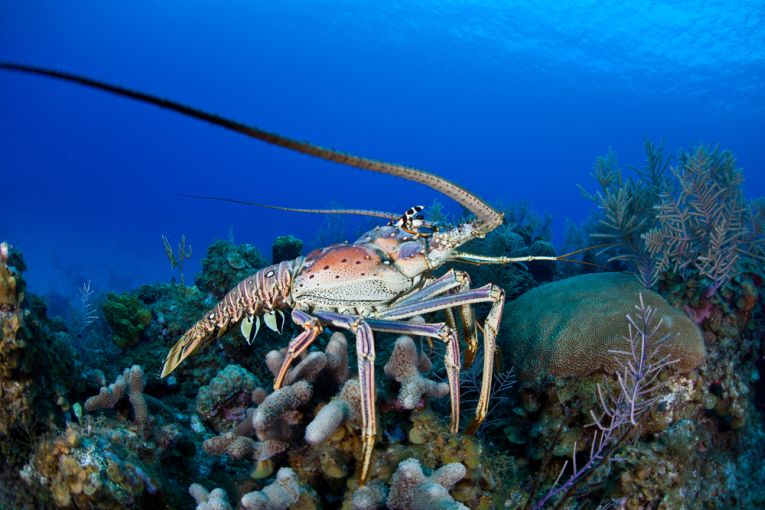Evgeny Katz and Kevin McVittie of Clarkson University, Potsdam, New York, have presented the latest information on an amazing use of biofuel cells. The paper can be found in Energy and Environmental Science
To implant an energy generating device inside an animal seems a pointless task. Microelectronic devices can be powered by the energy if voltage regulation can be achieved. An interface is currently being researched that will conduct this interfacing, presenting us with an achievement, but how can we use this? Bionic human hybrids or self-powered cyborgs are on a roughly-direct track, but the research in marine creatures has led to another area of exploration. The possibilities will stretch the collective human imagination!
The medical usage so far includes generating power for low-power electronics (for example, cell phones or computers) to micro-size implantable devices that produce micro-power for biomedical implants (for example, cardiac pacemakers) as well as implantable biosensors monitoring blood sugar levels.
Other thermo-electric and piezo-electric "harvesters" of energy from a living organism join research on typical device that extracts energy from muscle stretching, gas flow during breathing or heart beats. They all make electricity, but the harnessing of the energy is now becoming much more achievable. Perhaps it's the inspiration of air that has gained the ascendancy among these energy harvesting techniques. The real advance seems to be coming from more biochemical techniques, using enzymes.
Biofuel cells can extract energy from oxidation reactions. Instead of the large scale electricity production of a typical bioreactor in a household waste system, these reactions can power tiny using catalyst-powered electrodes and the plentiful oxygen found in biological fluids. The fuel so far has normally been glucose, or, in insects, trehalose. In the past few years, snails, clams, insects, lobsters, rats and rabbits have proved to be hosts for the electrical producers.
The first impact will be on human conditions, so medical research is first in the field, but the two authors envisage, "bioelectronic self-powered "cyborgs" capable of autonomously operating using power from biological sources and being utilized in environmental monitoring, homeland security and military applications!"










